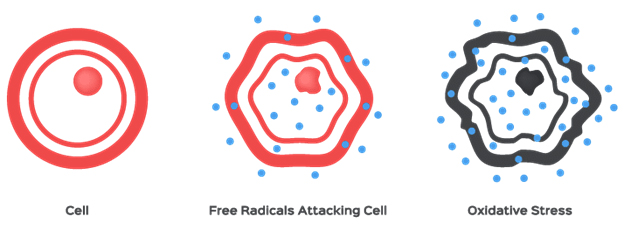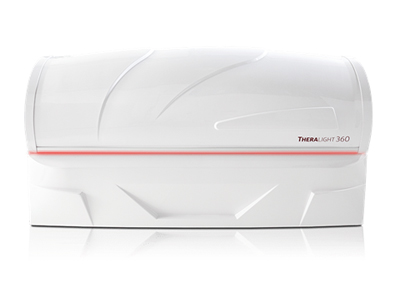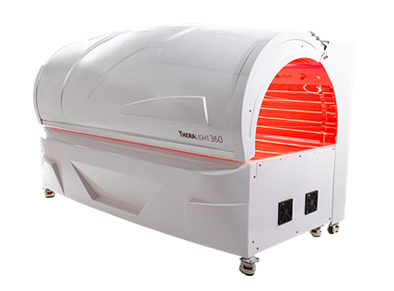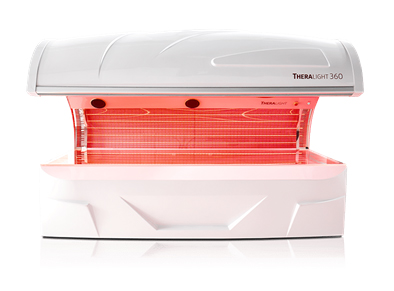
Photobiomodulation Therapy
We are excited to offer this full-body experience of photobiomodulation, using Advanced Red and Near-Infrared Light Therapy
Featuring:
- The TheraLight 360 utilized 45,000 LEDs and 4 wavelengths to treat pain and inflammation at the cellular level.
- The TheraLight 360 Light Pod ensures tissue saturation regardless of skin color or body type.
TheraLight 360
Offering state-of-the-art, full-body Red Light Therapy
Photobiomodulation Therapy is a light therapy using lasers or LEDs to improve tissue repair, reduce pain and inflammation wherever the beam is applied. Usually applied by a doctor, therapist or technician, treatments take about 10 minutes and should be applied two or more times a week.
Photobiomodulation has been used for many years on sports injuries, arthritic joints, neuropathic pain syndromes, back and neck pain. Over 700 randomised clinical trials have been published on Photobiomodulation, half of which are on pain.
TheraLight 360
Red-Light Fights Oxidative Stress
The Problem with Oxidative Stress
Red-Light Therapy boosts the body’s natural healing cycle helps reduce inflammation and promotes healing of damaged tissue.
What makes red light different from other forms of light is its ability to penetrate deeper into the skin. While blue and ultraviolet light mainly affects the upper layers of skin, red light can be absorbed by cells deep in the body. Red light therapy is also referred to as photobiomodulation therapy because of the change in the body induced by light, and there are a variety of devices with different capacities of utilizing red light, including red light bed, panels, and targeted deep tissue laser therapy systems.

Simply put, oxidative stress is an imbalance between free radicals and antioxidants. Both of these molecules are necessary for normal, healthy reactions in the body, but an excess of either can cause damage.
Free radicals are molecules which contain oxygen and have an uneven number of electrons. Because free radicals have an uneven number of electrons, they’re unstable and highly reactive with other molecules, which helps them cause large chain chemical reactions in the body. On the other hand, antioxidants are molecules that can give up an electron without becoming unstable, so they have the ability to stabilize free radicals.
When there are more free radicals than antioxidants can manage, oxidative stress occurs. Because free radicals are highly reactive, they cause damage to the body’s proteins, fatty tissue, and DNA in their quest for that stabilizing electron. Damage by free radicals can affect cellular function and cause apoptosis, also referred to as programmed cell death.
While our bodies’ cells regularly die and get replaced, prolonged damage by oxidative stress has been linked to a variety of diseases such as diabetes, cancer, inflammatory conditions, and neurodegenerative diseases like Parkinson’s and Alzheimer’s. Oxidative stress also contributes to the aging process and can affect skin’s collagen production and elasticity, causing wrinkles.
Causes of Oxidative Stress: But how does a surplus of free radicals occur? Everyone’s body naturally produces some free radicals, but everybody needs some free radicals in order to be healthy and help fight off infections. An excess of free radicals, and therefore a potential for lasting damage, can be a result of several environmental factors, like pollution, ozone, radiation, certain chemicals and pesticides, and cigarette smoke (including second-hand smoke).
Dietary factors can also play a role in excess free radicals. Diets high in sugar, and alcohol can impact free radical production, and diets containing foods rich in antioxidants, like berries and dark, leafy greens, can introduce antioxidants to help manage free radicals.




